Orkney’s European Marine Energy Centre (Emec) has supported millions of pounds of investment and hundreds of jobs since it opened 20 years ago, a new study shows.
The analysis suggests it has had “a significant impact” across the UK economy in terms of employment, supply chain development and leveraging investment.
Emec became the world’s first open-sea testing facility for wave and tidal technologies when it opened in Stromness in 2003.
Leading innovators
Launched after a recommendation by the House of Commons science and technology committee to kick-start a UK wave and tidal energy sector, the not-for-profit centre has since helped develop and qualify equipment from some of the green energy industry’s top innovators.
These include the likes of Orbital Marine Power, Mocean Energy, Simec Atlantis and Verlume.
An independent audit by Biggar Economics puts Emec’s contribution to the UK economy to date at £370 million in gross value added (GVA) terms.
According to Biggar, about £130m of this has benefitted Orkney.
Emec has delivered a £133m GVA boost to other parts of Scotland, the economic consultancy added.
The study includes Emec’s direct impact through supply chain spend and salaries, as well as the effect of that spending in supporting other activity in the renewables sector.
It is said to have helped create about 540 UK jobs over its lifetime, of which more than 400 are in Scotland and in excess of 220 in Orkney – making the facility one of the top 20 employers on the islands.
Emec managing director Neil Kermode noted new investment in infrastructure upgrades had also generated “knock-on” benefits for locals and other sectors, such as fisheries and tourism.
And the facility delivers a supply chain impact well beyond Orkney, he said.
Emec’s boss added: “We’re seeing the supply chain gear up with new equipment and new jobs created daily. The development of a locally-grown renewables industry also strengthens the UK’s energy security and is triggering investment in peripheral areas.”
Mr Kermode said opportunities in marine energy were also encouraging younger people to stay in Orkney, while also attracting people to the islands from throughout the world.
‘Emec’s a brilliant case study’
He continued: “Emec’s a brilliant case study to demonstrate the value of developing marine renewables and pursuing a clean energy transition, a microcosm of what can be accrued on a far larger scale if we wholeheartedly push on developing industries that will help solve the climate crisis.”
While the centre has been self-sufficient since 2011, around £42m has been invested by public sector groups over its lifetime.
Public funders include Orkney Islands Council, Highlands and Islands Enterprise (HIE), and the Scottish and UK governments.
Biggar’s figures suggest every £1 spent has brought more than £8 in return.
Scottish energy minister Gillian Martin said: “This report highlights marine energy’s potential to deliver high quality jobs and generate significant economic impact for Scotland.
“As Emec’s work demonstrates, Scotland is at the forefront of the clean energy transition and the centre has played an invaluable role in that over the last two decades.”
Floating wind future
In addition to marine energy, Emec has also expanded its capabilities and expertise to support projects involving hydrogen, energy storage transport and heat.
A planned 100 megawatt floating wind test site around 12 miles west of Orkney could be worth a further £700m in GVA to the UK economy, according to separate analysis from BiGGAR.
HIE Orkney manager Graeme Harrison said: “Setting up Emec in 2003 was seen by many as a leap of faith into the unchartered waters of marine energy.
“Orkney is now seen as a global centre of excellence for a very wide range of low carbon activities, research and development, with Emec continuing to adapt its services to meet the new opportunities coming our way from offshore wind and hydrogen.”
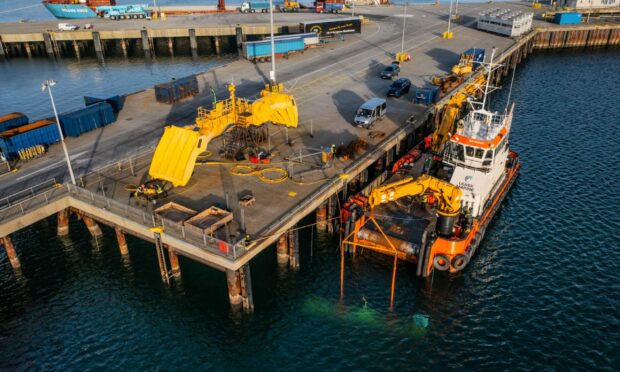
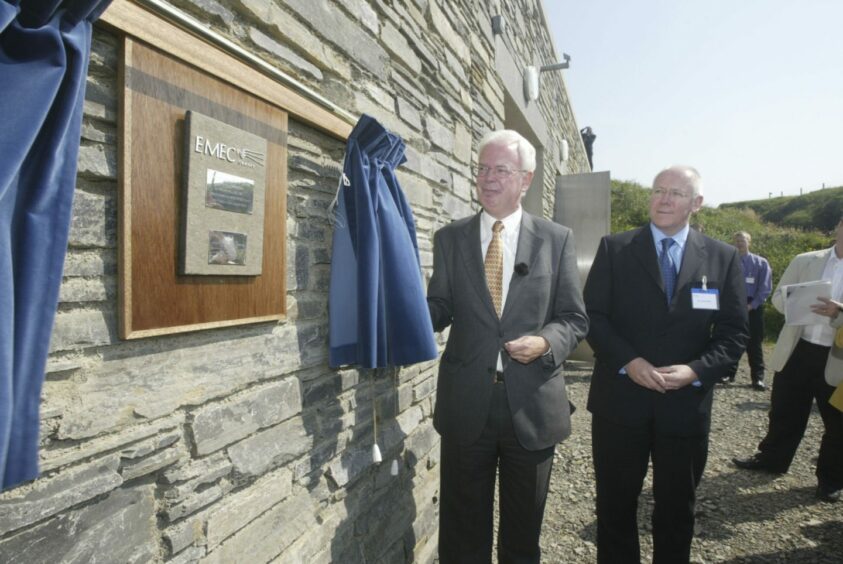
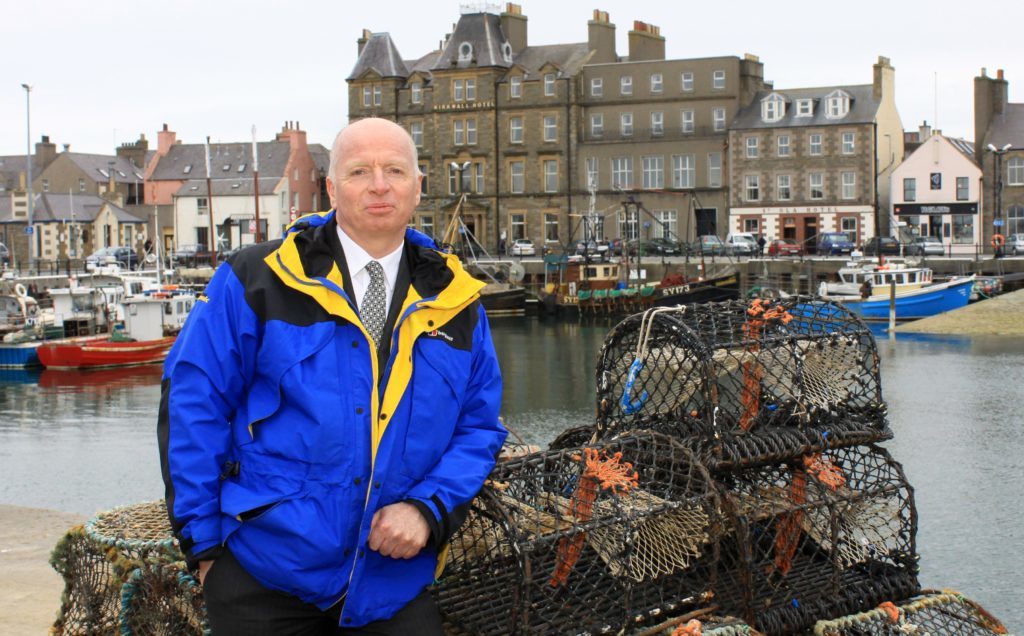
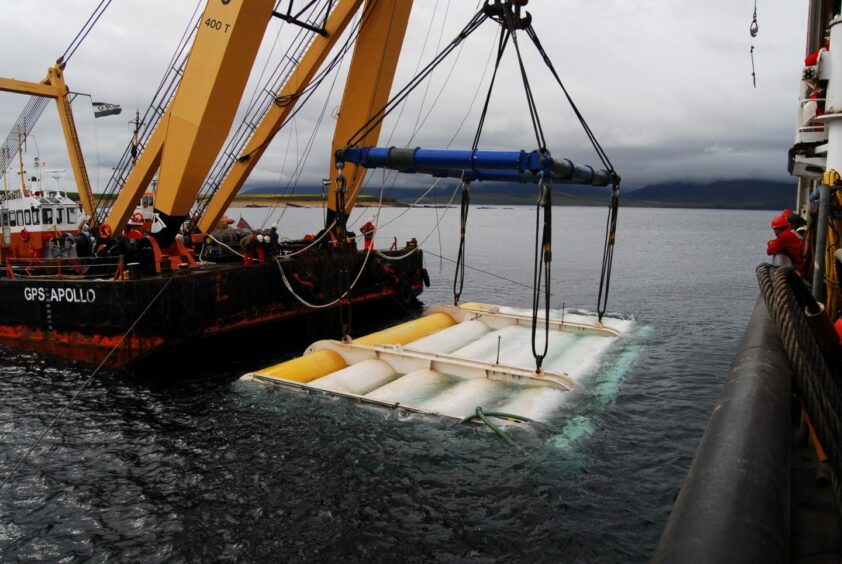
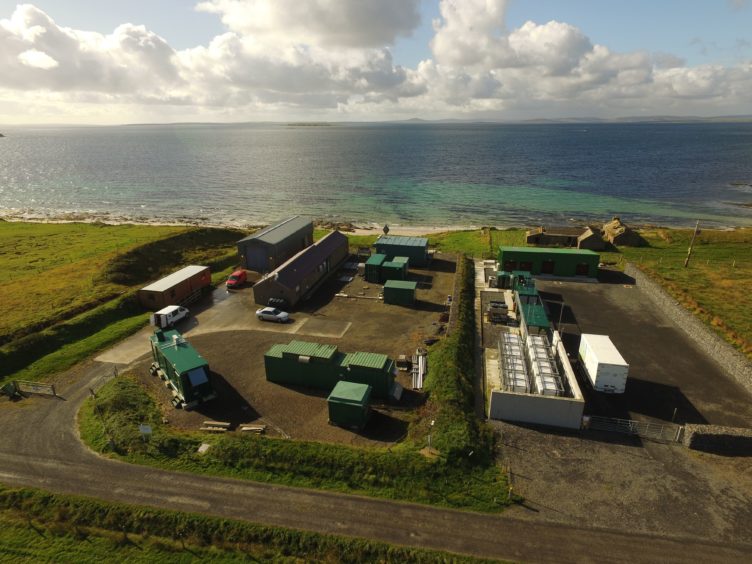

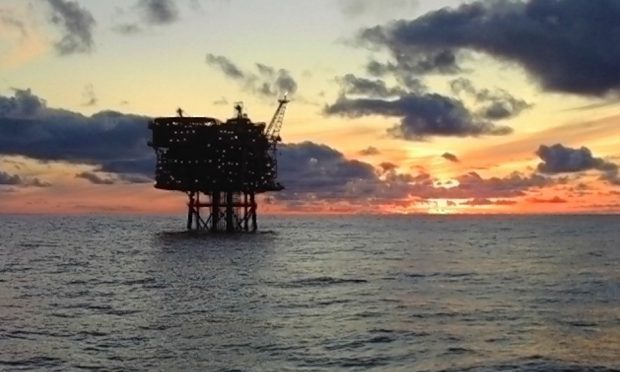
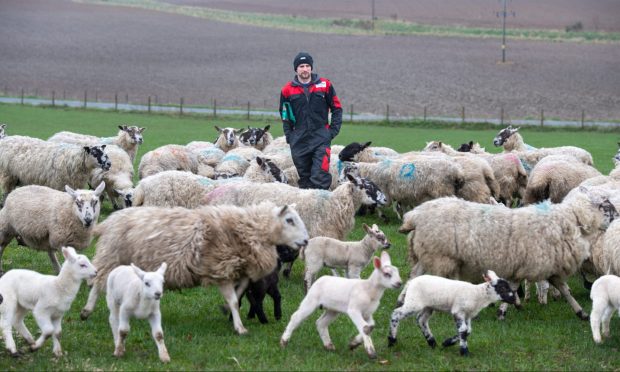
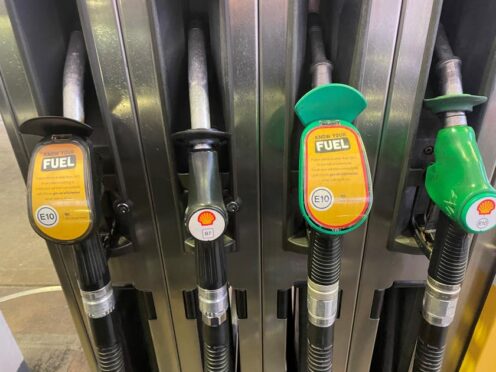
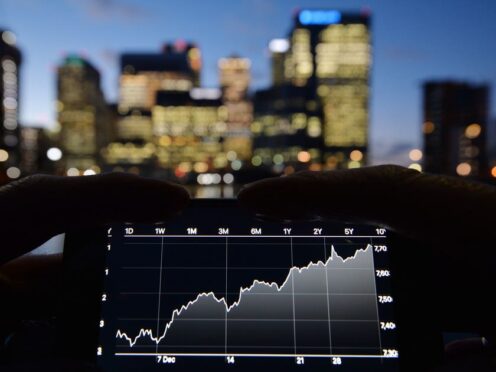
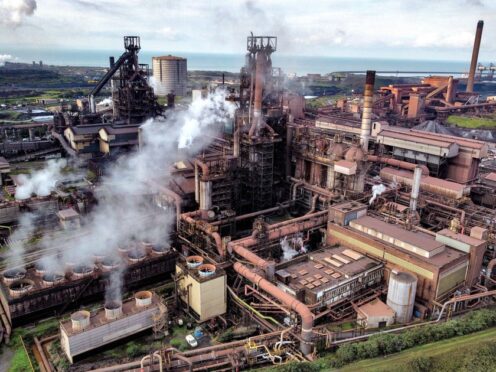
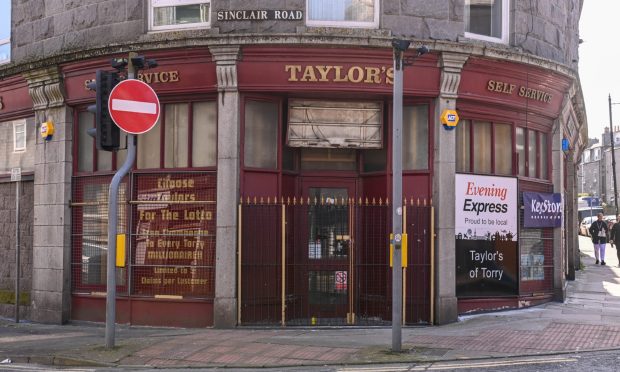
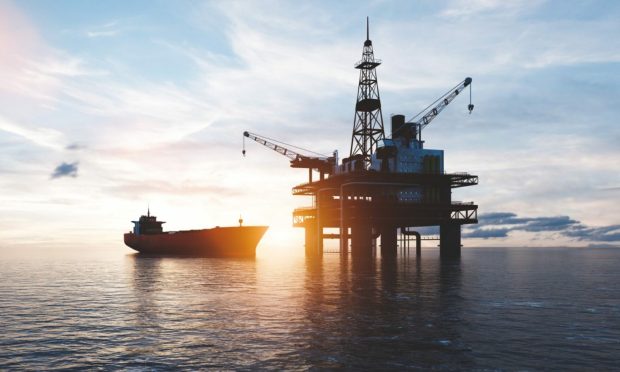
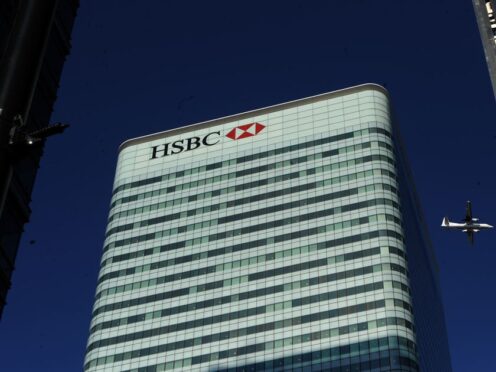
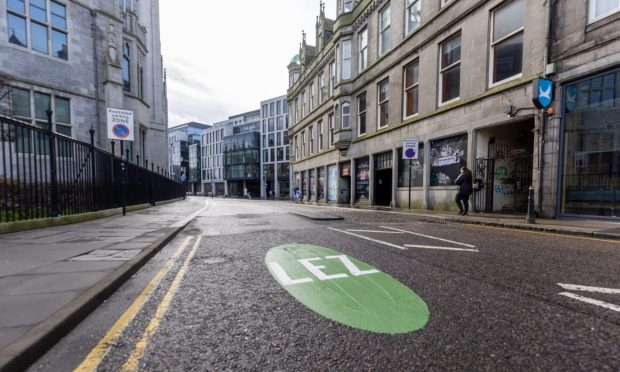
Conversation